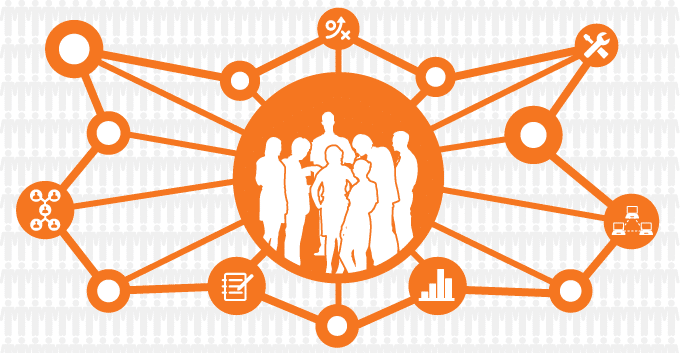
Data is everywhere (and it always has been). Buying habits have always existed, as have demographics and weather patterns. Though they’ve been measured and tracked effectively for the last 50 years or so, for much of that time, only very large corporations or entities could afford it.
In the last few years, however, the age of data democratization has arrived and that once limited data is suddenly available to companies of all sizes. The democratization of data has leveled the playing field. With vast amounts of information readily available at the push of a button, this movement has ushered in a new kind of business.
The Impact of Big Data Democratization
The Internet has provided an enormous “data warehouse” that reaches across all sectors: from healthcare to education, from government to technology and from business to recreation — absolutely every facet of life has been impacted by the widespread availability of data.
- Healthcare – Data democratization will continue to facilitate greater sharing and collaboration between researchers, scientists and medical professionals. The sharing of discoveries can lead other teams to build on those successes and work toward the next major breakthrough. No longer confined to the walls of their lab — or the pages of a paper medical journal that might or might not be read — the new interconnectivity in medicine, science and healthcare is a perfect example of the democratization of information.
- Education – Data democratization can give more people access to high-quality and affordable education.
- Government – By focusing on data availability as opposed to websites, data democratization can lead to a more transparent government.
- Personal Use – The storage of vital personal information also benefits from a cloud-based approach (the heart of data democratization). For example, In the event of a fire, natural disaster, sudden death of a spouse or other tragedy, people are able to locate important documents much more quickly, making it much easier to work with insurance companies.
Those are just a few examples – ultimately businesses and individuals can use the increased availability of data to make better-informed decisions and understand the world around them.
Putting Data Democracy to Work
A company looking to take advantage of the benefits that come from data democratization needs to start with preparation. This preparation takes the form of both technical changes and perspective changes – getting your personnel on-board with a new way of sharing and accessing data is key to making democratized data a company-wide tool.
- Connect Your Public and Private Data – Analysts cannot effectively create plans and designs without the full spectrum of information. By ensuring that they have access to both public and private information (and understand how they’re connected), you ensure that they can draw the right conclusions from the data you’ve collected.
- Use Information Designers and Visualizations – The wealth of data that will become available means that it will also be difficult to sort through. Data visualizations (created by information designers) will make that information easier to inspect and draw conclusions from.
- Prioritize The Impact of Your Data – Your data visualizations are likely to show a large number of relationships and dependencies between your customers and company activities. Understanding and teaching your team about which of those are actually meaningful and important is key to avoiding “Analysis Paralysis.”
Knowledge is power. We have entered into an era where more knowledge is available to companies and individuals than ever before. Putting that data to good use takes some practice and preparation (and a few good tools), but everyone now has the power to use information that used to belong to a very few – and that’s why it’s called Democracy.
